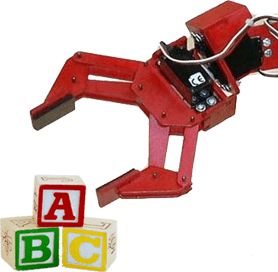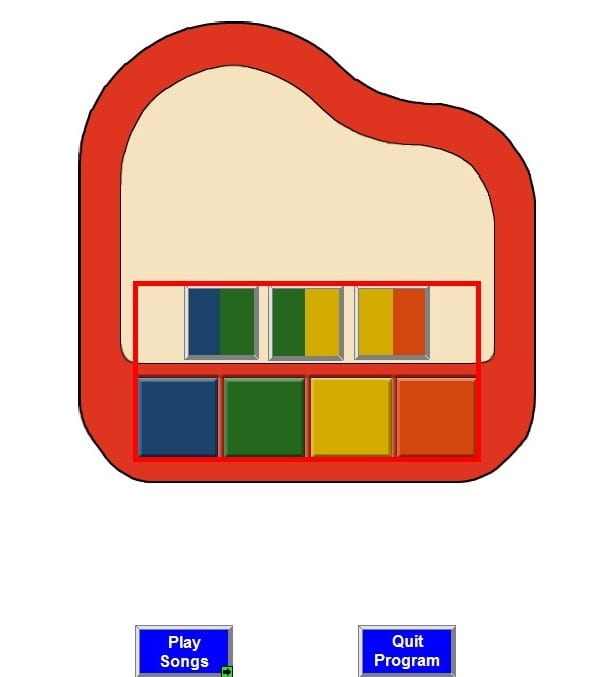 |
|||
|
Engaging Children with Cerebral Palsy Cerebral palsy is a term used for a group of non-progressive, incurable brain disorders that affect motor control. There are four different types―spastic, dyskinetic/athetoid, ataxic, and mixed―with spastic being the most common. The main symptom of spastic cerebral palsy is stiff muscles. The subtypes are categorized by the number of limbs affected and the quality of movement. The affected limb(s) of individuals with dyskinetic cerebral palsy make uncontrollable writhing movements, while individuals with ataxic cerebral palsy have poor balance and coordination. Individuals with mixed cerebral palsy have symptoms of two or more types. Many children with cerebral palsy have difficulty using their hands for tasks; however, toys have a significant impact on a child’s cognitive, social, and physical development. This work explores the possibility of using the Boardmaker® Plus! special needs educational software to develop an interface to provide alternative access to toys. Specifically, we have constructed a 4-DOF robotic arm and coupled it with the Boardmaker® Plus! software in order to enable children with cerebral palsy to play songs on a toy piano. Computer software is usually not adapted for alternative access methods and those that are often restrict the user to one type of activity. Boardmaker® Plus! is a different type of special needs software. It allows the user to launch applications externally, giving a switch user access to programs that were previously unavailable to them. Through Boardmaker, it is also possible for the user to access a nonadaptive device when it is connected to the computer. Screenshot + Live View
|
|||
| About | Perception and Reasoning | Human-System Interaction | Space and Field Robotics | People | Home | |||
<![CDATA[
]]>



